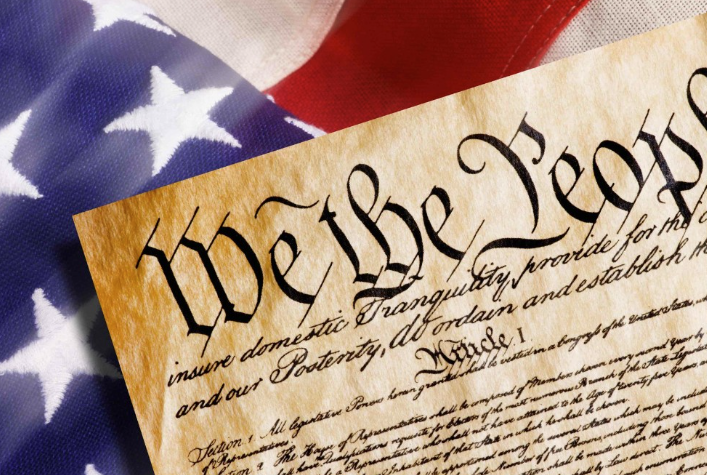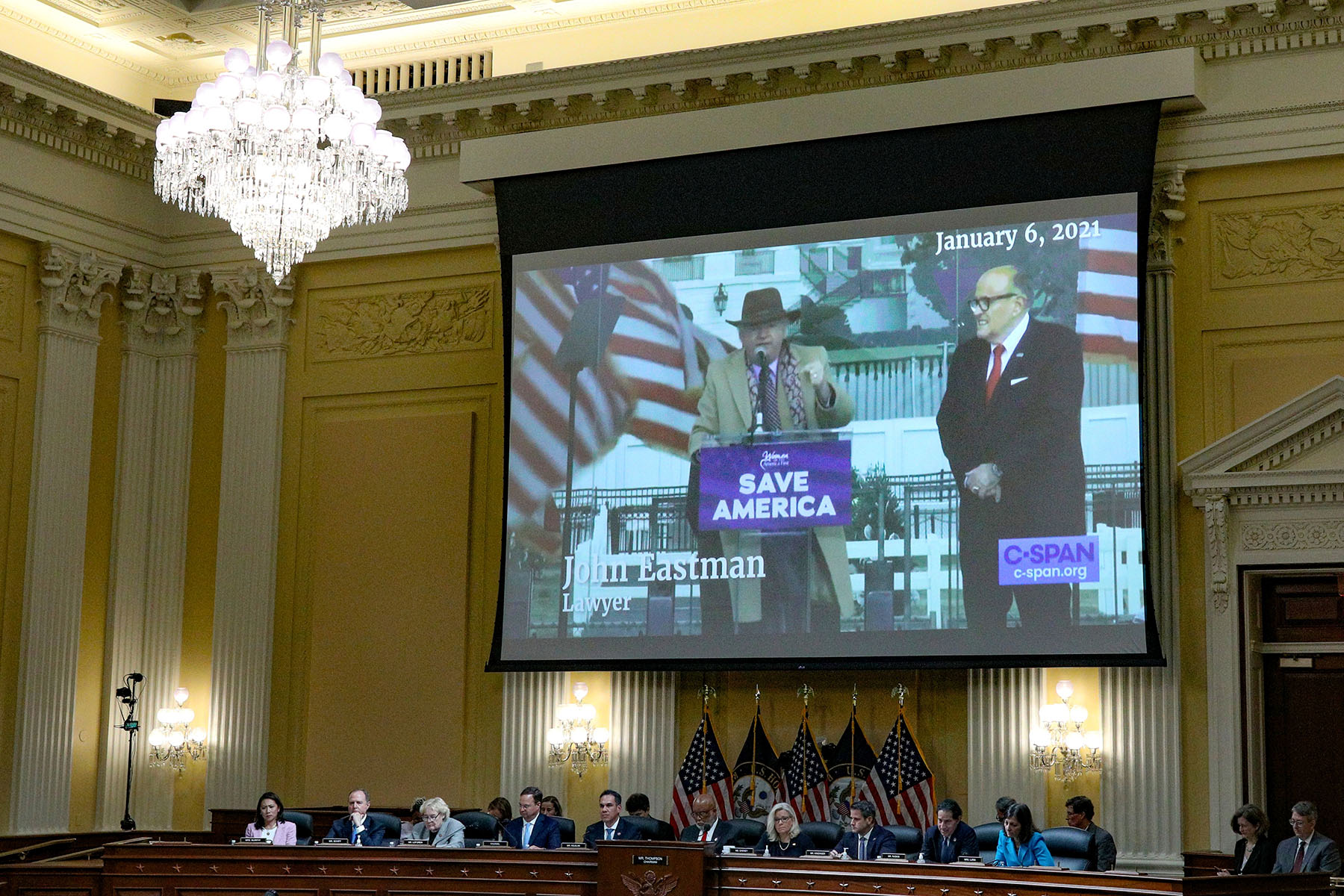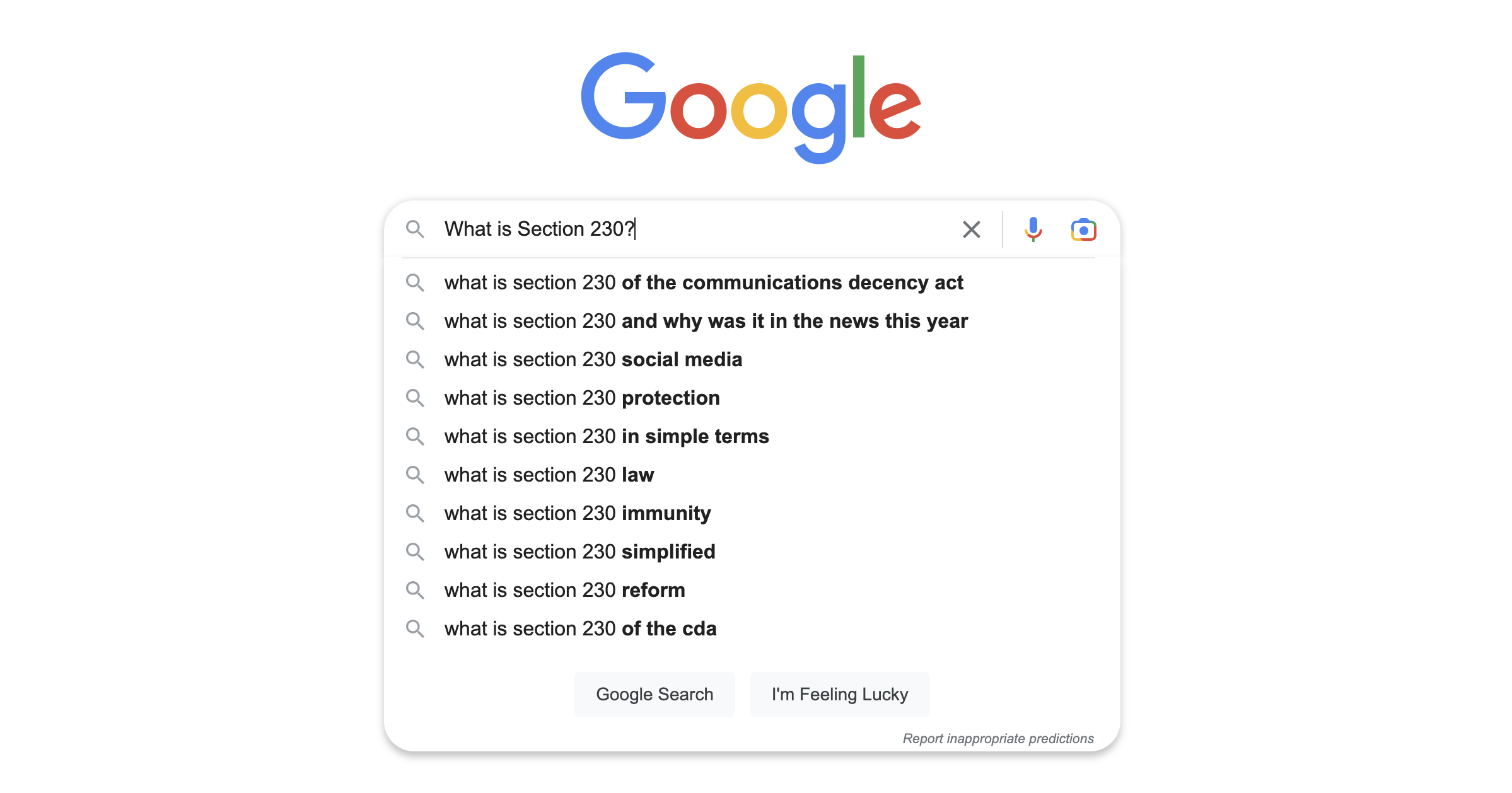By David L. Hudson Jr.
Virginia law that prohibits signage “within the limits of any highway” does not violate the First Amendment, a federal appeals court has ruled. The appeals court also rejected a vagueness challenge to the Virginia scheme, even though there is no express distance listed in the law regarding how close is “within the limits.”
Bruce & Tanya & Associates (BTA), a real estate firm, routinely placed advertising signs near the highway. The state Department of Transportation and Fairfax County fined the firm many times and sought fees in a state court action. In response, BTA filed a federal lawsuit, challenging the constitutionality of the advertising limits.
The main law in question forbids “[s]igns or advertisements placed within the limits of the highway” as a “public and private nuisance.” It further provided for a $100 fine for each violation. The law also contained exceptions for six categories of signs. Five of those exceptions constitute forms of government speech and, thus, are immune from First Amendment challenge. However, a sixth exception exempted “signs containing advertisements or notices that have been authorized by a county and that are securely affixed to a public transit passenger shelter that is owned by that county.”
BTA contended that the restrictions violated its right to commercial free speech. Under the First Amendment, commercial speech—or advertising—is entitled to a significant degree of free-speech protection.
A federal district court upheld the advertising restrictions. On appeal, a three-judge panel of the Fourth U.S. Circuit Court of Appeals affirmed in Bruce & Tanya & Assocs., Inc. v. Bd. of Supervisors of Fairfax County. The appeals court panel first determined that the advertising restrictions were content-neutral, as they banned nearly all advertising near highways regardless of content. The court did not deem the exception as changing that equation.
The appeals court then determined that the county’s interests—ensuring driver safety and preserving aesthetics near highways—were “undoubtedly significant under our precedents.”
However, BTA also put forth a vagueness argument, pointing out that the phrase “within the limits of any highway” failed to identify a specific distance restriction like 200 feet, 500 feet, or 1,000 feet. The Fourth Circuit deemed the provision sufficiently clear to inform persons what was allowable and what was not. The appeals court added that many of BTA’s signs were “posted immediately adjacent to highways.”
Furthermore, the appeals court quoted the U.S. Supreme Court’s decision in Ward v. Rock Against Racism (1989) for the following principle: “Perfect clarity and precise guidance have never been required even of regulations that restrict expressive activity.”
The appeals court also rejected BTA’s equal protection argument that the county selectively enforced the law against it. The court concluded: “BTA has failed to establish that enforcement of Virginias’s signage regulations caused it harm of a constitutional dimension.”
David L. Hudson, Jr. is an assistant professor of law at Belmont University College of Law, and the author of First Amendment: Freedom of Speech (2012). He is also a legal fellow at First Amendment Watch.
Tags




